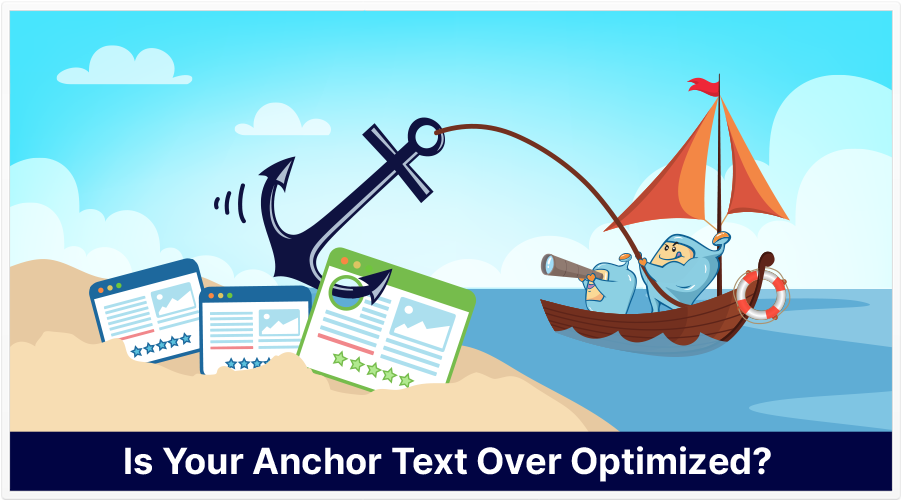
Word on the SEO streets is Google will penalize you if you over optimize anchor text.
Some SEOs laugh in the face of Google. They don’t worry about over optimizing anchor text because they know the trick of being perfectly optimized every time. (Clint Butler, we are looking at you!)
While some play it so safe, they spend hours crafting the perfect anchor text diversity according to the latest guru gossip.
If you aren’t ranking like you should, you may fear you have over-optimization issues. We’ll put those fears to rest in this article.

You’ve done your basic onpage SEO. You have the perfect keyword. You added your title tag, headings, and semantic words. But you’re just not ranking where you should.
The natural next step is to look at your anchor text. You’ve heard that over optimization could be an issue.
But is it really? We put it to the test. You’ll learn what we found using scientific testing to see what Google really penalizes… and what it doesn’t.
Over-optimized anchor text is thought to be a big SEO issue. Many warn against repetitive keyword-rich phrases on a page.
We thought this might be another marketing theory. Because we constantly push the envelope of ranking, we had our suspicions.
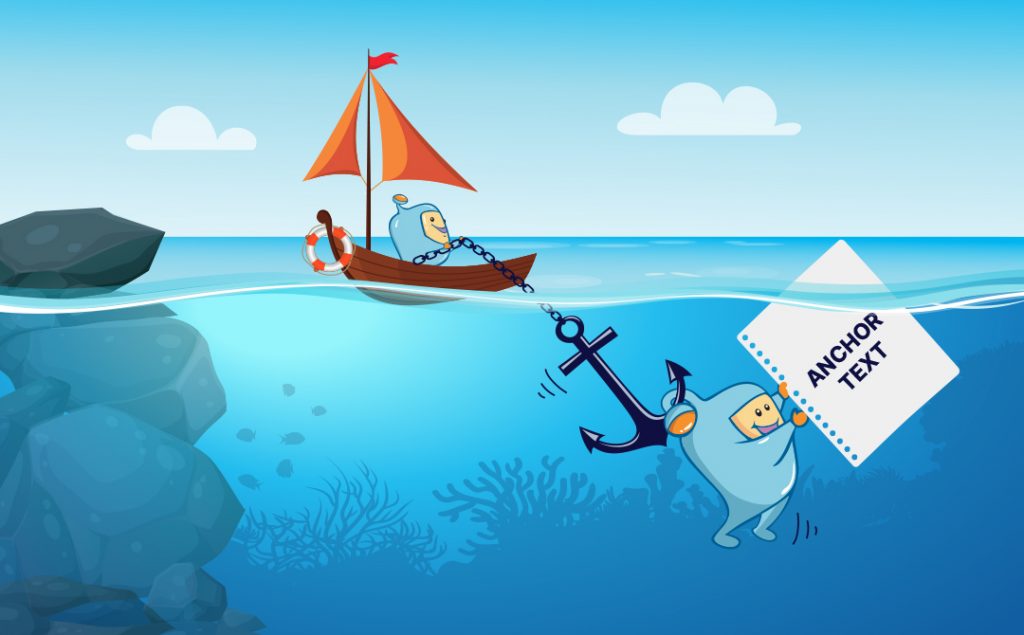
There is so much more than the three letters in SEO. It’s complex and consists of different weighted factors that are important to one another. One ranking factor is anchor text.
Anchor text is the hyperlinked clickable text you see on a page. This hyperlinked text takes you from one page to another page or website. Hyperlinked text is not just to take you to other pages or websites. They can also lead to downloads, documents, and other files.
For example:
“The main goal of on-page SEO is to allow search engines to understand your content.”
You will easily identify the anchor text because it is usually in blue while the rest are black. So, in the example, your anchor text is “on-page SEO.”
To make an anchor text, you highlight the words that you want to link. Then hit the hyperlink tool and add your link. Another way is to include it in your HTML code manually. See below.
<a href=”https://example.com”>This is an anchor text</a>
It is important to provide anchor text that will help your SEO. This helps both the users and search engine crawlers understand what the target page is all about. The goal is to let the readers know what they will find by clicking on the link or to give them an action to take.
With the help of anchor text, the SEO juice is carried from one page to another. At the same time, the use of keywords in your anchor text signals Google which page needs to rank for that specific keyword.
Anchor text helps determine relevance. For instance, if your page is getting a good number of quality links with the anchor text “wedding dress,” Google believes your page is about wedding dresses.
Anchor text plays a vital role in SEO.
Link building is among the most critical factors in SEO, ranking-wise. Google’s algorithm pays close attention to anchor text..
Google has also done a great job of scaring people. Many SEOs or marketers do not want to be deindexed for anchor text spamming.
As mentioned, anchor text helps Google understand what a specific page is about. .
The keywords or phrases you choose for your anchor text matters.
Back in the wild, wild west of ranking, the more you keyword stuffed, the higher you would rank in Google. This included keyword stuffing anchors.
As soon as marketers caught on to easy rankings, keyword stuffing was taken to a whole new level. Google noticed and began to update its algorithm.
Google began to favor uniqueness over just having a stuffed keyword anchor. It now watches the words you surround your anchor text with.
But ranking on the first page is not always easy. Various keywords have different ranking metrics.
However, we do know there are some essential things you need to keep in mind.
Use your anchor text in your content as naturally as possible.You also want to link out to reputable websites.
Doing these things will help improve your online reputation. This can help influence your ranking over time.
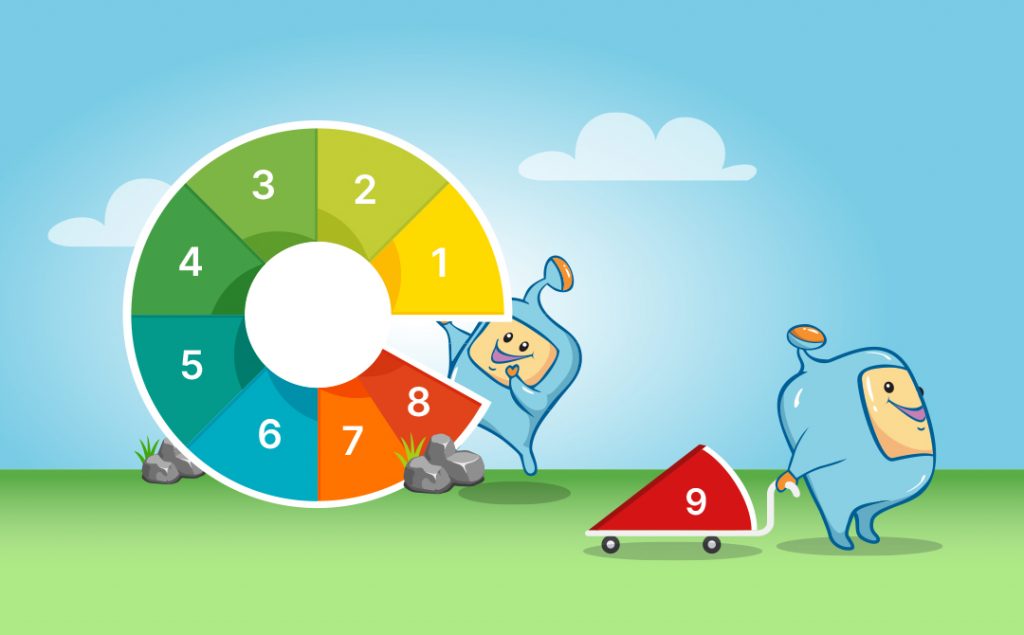
There are nine types of anchor texts that you can use for your content. Some marketers keep a strict brand and keyword anchor text method. Others do an audit of their competitors and match those types of anchor text.
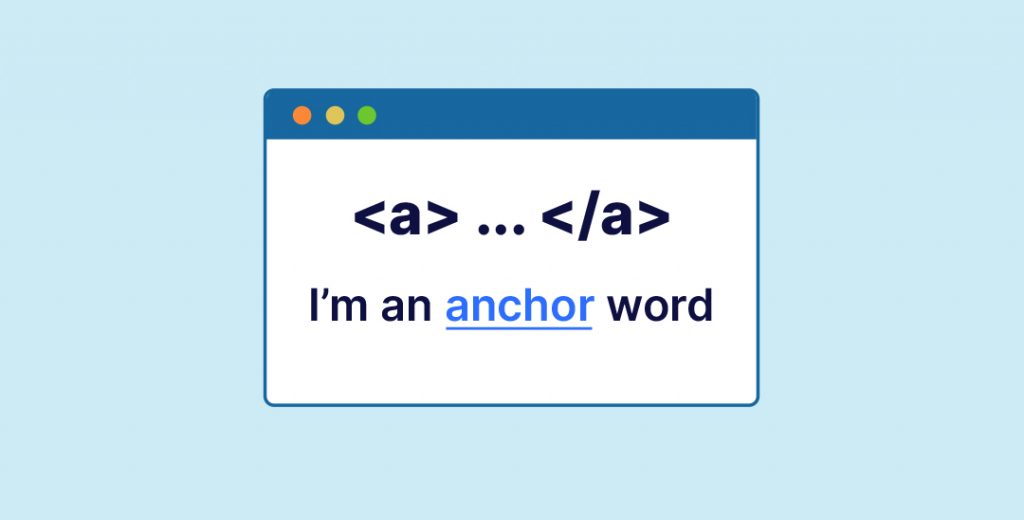
Here are 9 types of Anchor Text:
It is the link that contains a brand name. The more brand-related the anchor text is, the better. This type of anchor text is necessary because it differentiates a spam website from a legit one.
Here is an example of what a brand anchor looks like:
Brand: SEO Intelligence Agency
Branded anchor: Learn how to optimize your website with the SEO Intelligence Agency tests.
It is the link that provides the least information about a page where it is linked. It is also not related to the keywords used. Although not often used, it is included to keep the content looking natural.
Here is an example of what a generic anchor looks like:
Generic: Click Here or Get More Info
Example: Click here for more SEO tips.
This is the text anchor that makes use of a website URL. It is safe and considered natural by most search engine algorithms.
Here is an example of what a naked link anchor looks like:
It is a strategy that big brands often use. Unlike other types of anchor text where the link is in the content, this one is often used in images.
Here is an example of what a no anchor looks like:
a>no text</a>
In 2017, John Mueller tweeted that image alt text (anchor text for images) helps Google understand the context of your image. He suggests SEOs not ignore it.
This makes it essential to put an alt tag to the image used as an anchor, especially if it is related to the webpage.
Remember, the role of SEO is to optimize your content for Google and other search engines. Using proper anchor text for images is important for two reasons.
It can help your images rank higher in the search engine. It can also help you page rank better in the regular search results.
Here is an example of what anchor text for images looks like:
<img src=”img_ABC SEO.jpg” alt=”ABC SEO banner” width=”500″ height=”600″>
This anchor is an exact match to your target keyword. Aka your money keyword. It is considered to be the most crucial type as it is directly relevant to the brand. It is powerful enough to increase ranking. Some marketers warn that overdoing it can also penalize you.
Here’s an example of an exact match anchor:
Target keyword: Best SEO Company
Exact Match anchor is Best SEO company
This one is a bit different. It does not only contain a brand or a keyword but both. Make sure to use a keyword related to your page to help you rank.
Here is an example of a Brand + keyword:
Brand: SEONitro
Keyword: link building strategies
Brand + Keyword: SEONitro link building strategies
This is a great way to add variation to your anchor text profile. This can also help drive more relevance to the page.
Here is an example of a keyword variation:
Keyword: website optimization
Variation: optimize a website
The partial match anchor is a set of words that has at least one keyword that’s used in the phrase.
Here is an example of a partial match:
Keyword: SEO
Partial Match: Best SEO Strategies

Natural anchor text looks like it occurs naturally. These generally include:
Branded
Naked
Click here, read more, etc type of anchors.
However, this depends on the situation.
Blog outreach is not the place to use branded or naked URLs. Most blogs will strip the links because it looks like a sponsored post. It doesn’t look natural.
In this case, branded or naked URLs will look unnatural. And can even look like spam.
Tip: If you are doing press releases, use branded or naked URLs. Point these to your home page, service/product page, or blog page.
Keep it natural… and versatile.
Google wants “value.” If you are offering something to readers that is of no value, you have a problem. Make sure that your links are in the right place. You want them to be in places that are natural.
If you have anchor text in the first sentence of your blog, that won’t seem natural to your reader. Make sure they follow a natural evolution in your article.
While you may be able to deceive Google’s algorithm, it usually catches up to you. Avoid using repetitive and keyword-based text anchors too often.
The trick is to do it right and naturally.
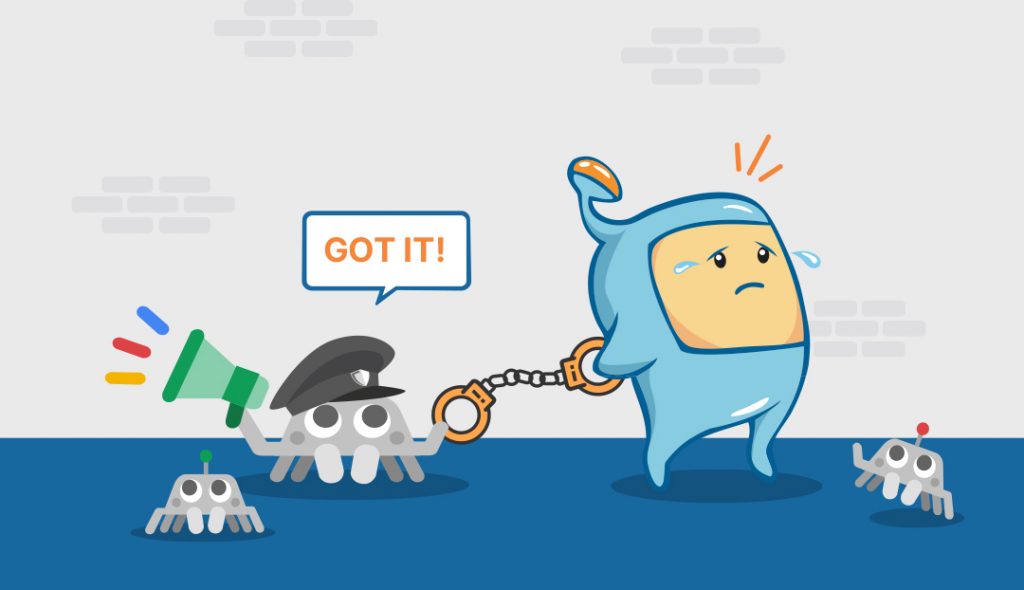
Since you now know that anchor text plays a significant role in SEO, can over-optimizing cause a penalty?
Over-optimization occurs when too many links with a specific anchor text outweighs value.
We tested if you can over optimize Anchor Text.
Background: SEO’ers have long ‘known’ that a link with specific keyword related anchor text ( the text on a webpage that is clickable) will affect the ranking algorithms differently than a link with general anchor text (‘click here’).
A popular website says your exact keyword or keyword phrase, should be less than 1%. 70% should be your brand and suggests that the rest of your anchor text should be a mix of naked urls and other things.
Hypothesis: A page receiving links with 25% exact match anchor text will move up in rankings
How The Test Was Set-Up: 5 pages with identical Meta Titles and H1’s each containing 500 words.
Result: Initially the test page dropped a spot but later went up the #1 spot and stayed there.
In terms of how the algorithm works, “IF” there is a penalty to be had for over optimization of anchor text, it doesn’t come on the first few crawls. We believe it will take several more crawls or another step in the ranking process for the review of anchor text to kick in.
Here’s the follow up, can you over-optimize? Yes, you can. There are instances where you can go way overboard and Google will get you!
All that being said, the percentages of anchor text is keyword and niche specific.
For example: city web design. LA web design. Phoenix web design.
Look at the exact match anchor text percentages for those keywords. On average, you can see 45-60% exact match anchor text. Google is ranking those pages just fine. No over optimization penalties there.
There are some keywords that do follow the rule of 1% for exact match anchor text.
What this tells us is that a hard and fast rule that your exact match anchor text should be a standard 1% or less is false. Debunked. You don’t even need an SEO test to tell you that. The search results will tell you.https://www.youtube.com/embed/7pfZmQkIB2Y?feature=oembed
Do your research and find out what your competition is doing. That will tell you the sweet spot for where you have to be in both exact match anchor text and your anchor text diversity.
This doesn’t account for the quality of your backlinks though. If you have 20 backlinks and they have 10. But they have better quality, they will beat you no matter what your anchor ratios are.
If you can get links of similar quality, hitting your sweet spot in exact match for your keyword will probably give you a step ahead.
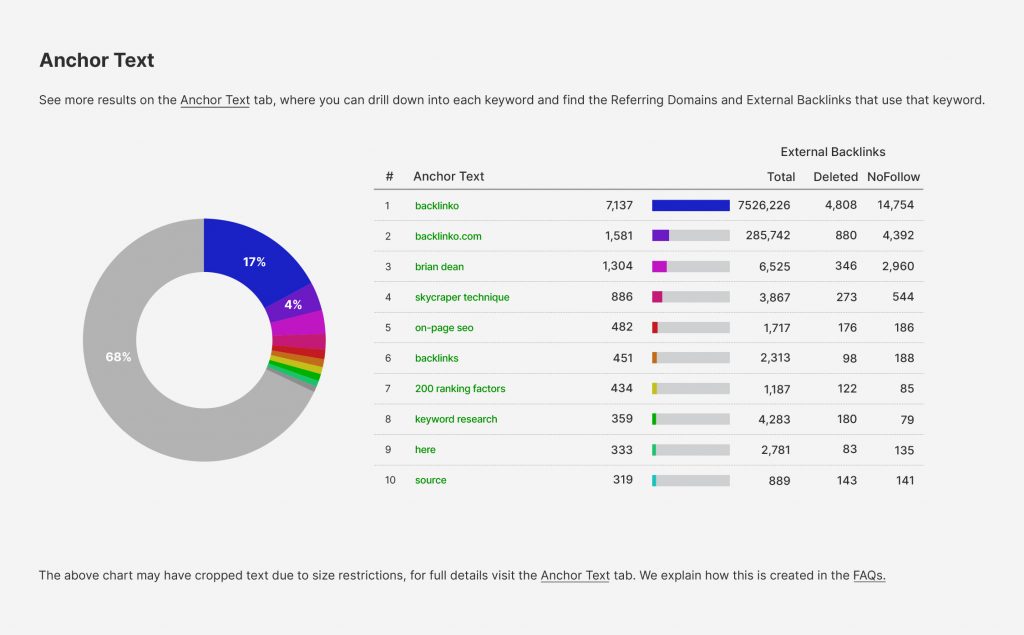
Conclusion
Over optimization of your anchor text is possible. But that threshold may be over 60% or as little as 1% depending on your keyword.
There’s no getting around it, know what Google is saying about your competition. Simply, grab your top 10 competitors and throw their URL into Majestic. You’ll easily be able to see the pattern that Google wants in the anchor text section.
Anchor text matters so make sure to do your homework and create a solid linking structure with the right anchor text.
Throw in some high quality backlinks and you have a solid plan to climb the search results.
.